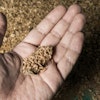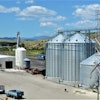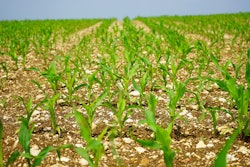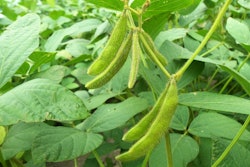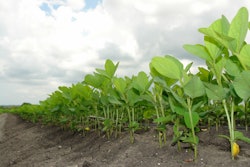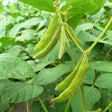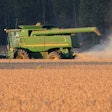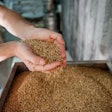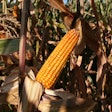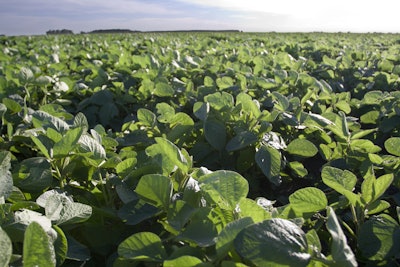
Collaboration between animal nutritionists and the Soy Checkoff could bring additional value opportunities for U.S. soybeans, ultimately benefiting animal agriculture and American farmers. This impact spans the poultry, pig, dairy and aquaculture sectors.
The Checkoff convenes industry leaders as part of its Animal Nutrition Working Group (ANWG) to advise research investments with the highest value for farmers and the industry. USB’s new strategic plan consists of three priorities for soybean meal. These are overall nutrient composition; improved measurement of anti-nutritional factors; and the resulting benefits to animal production, performance and health.
“Animal nutritionists formulate feed based on digestible amino acids and net energy content as well as best cost,” said R. Dean Boyd, Ph.D., adjunct professor of nutrition at Iowa State and North Carolina State universities and a member of the ANWG. “On the other hand, farmers can make more income by maximizing yield. Over time, this has led to seed varieties that are high yielding but slowly declined in crude protein concentration. This is a global problem that USB is actively working on to correct and highlight for other partners in the value chain.”
Soybean meal continues to be the standard for all other protein feedstuffs. This team of nutritionists examines how soybean meals are properly used beyond just protein content.
“Our hope is to improve awareness and understanding of U.S. soybean meal’s benefits to overall animal health and encourage a shift toward total value-based ingredient decisions on the production and processing side of the supply chain,” said Mamduh Sifri, Ph.D., Sifri Solutions LLC, retired director of poultry nutrition at ADM and a member of the ANWG.
Research funded by the Checkoff demonstrates that enhanced nutrient content can improve animal health, feed efficiency and the valuation of soybean meals. Examples of this research include:
- Apartnershipbetween USB and the Foundation for Food and Agriculture Research on The Soybean Nutrition Enhancement Project brings together state-of-the-art technologies and expertise in breeding, genomics, biotechnology, statistical and computer learning, phenomics, physiology, agronomy, food and nutritional sciences and engineering. The goal is to improve soybean protein and amino acid composition, increasing economic return to soybean farmers and the U.S. soybean industry.
- Researchconfirms an economic return with a direct, positive relationship between soybean meal and improved performance and efficiency of pigs, broilers and laying hens. The research also concluded that soybean meal provides additional complementary nutritional factors, demonstrating antiviral and anti-inflammatory effects that reduce the negative impact of swine health challenges.
- Researchthat created a framework for estimating the economic value of soybean meal considers the complete nutritional package of crude protein, amino acids and energy concentrations. It found that increasing soybean meal crude protein by 1% increases soybean meal value by US$10.27 for swine and US$12.62 for poultry per metric ton of complete feed.
“Animal agriculture’s strong and growing demand for U.S. soybean meal ensures reliability as our most vital customer and partner for U.S. soybean farmers. In the U.S., animals consumed US$16.6 billion in soybean meal value MY 21/22,” said Keenan McRoberts, Ph.D., vice president of strategic alignment for USB. “As global demand for nutritious, sustainable animal protein continues to rise, the checkoff will continue to prioritize research that ensures we deliver a comprehensive and valuable product to the animal agriculture industry. We will work with nutritionists and other animal scientists from pertinent disciplines to communicate and activate market incentives for U.S. Soy around product value, which extends to health benefits, sustainability benefits and other factors beyond cost and crude protein.”



